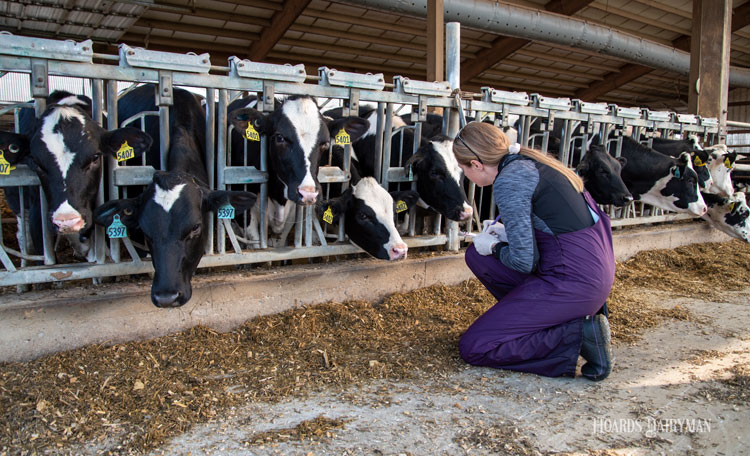
Just as in human medicine, antibiotics can serve as a useful treatment tool when a dairy animal becomes sick. Still, just as in human medicine, we must do our best to avoid the overuse of specific antibiotics which could lead to the development of resistant bacteria.
Using antibiotics appropriately on the farm also has implications for keeping residues out of milk and meat. Further, dairy managers must consider the cost of the treatment and if it will provide maximum effectiveness for the animal’s condition. All of these factors lead to a question farmers face often: Do I treat or not?
Richard Pereira, an assistant professor at the University of California-Davis School of Veterinary Management, described how to think through this decision during the Golden State Dairy Management Conference.
Diagnosis decisions
First, he stressed the importance of an early diagnosis to maximize the animal’s chances of recovery and application of an effective treatment. This requires training and teaching of all employees so they know what symptoms to be aware of.
Perhaps more importantly, though, the diagnosis needs to be accurate. Employees must know how to interpret the symptoms they are witnessing, and again, training is key. Pereira shared the example of teaching nasal discharge scores to calf workers. If everyone understands how to apply this evaluation, earlier and more complete diagnoses can be made.
Once the root of the issue is identified, a manager can decide if nonantibiotic treatment options will work for the condition. Supportive care, such as electrolytes, could be used instead.
If nonantibiotic treatments don’t seem to be the best choice, it’s still important to consider how effective an antibiotic will be if used, Pereira said. Is it allowed in the class of animals you need to treat? Is it the right choice for the animal’s stage of condition?
Treatment that works
After the decision is made to use an antibiotic, Pereira reminded to follow your veterinarian’s specific recommendations and adhere to the drug’s dosage, treatment route, and duration. This is vital for the antibiotic to be effective, as well as to prevent residues remaining in meat or milk after the stated withdrawal period.
Finally, Pereira advised working with your vet to have a follow-up plan for after the treatment to ensure the condition is cured. Also, include what the next steps might be if the antibiotic doesn’t work and the animal requires further care.








